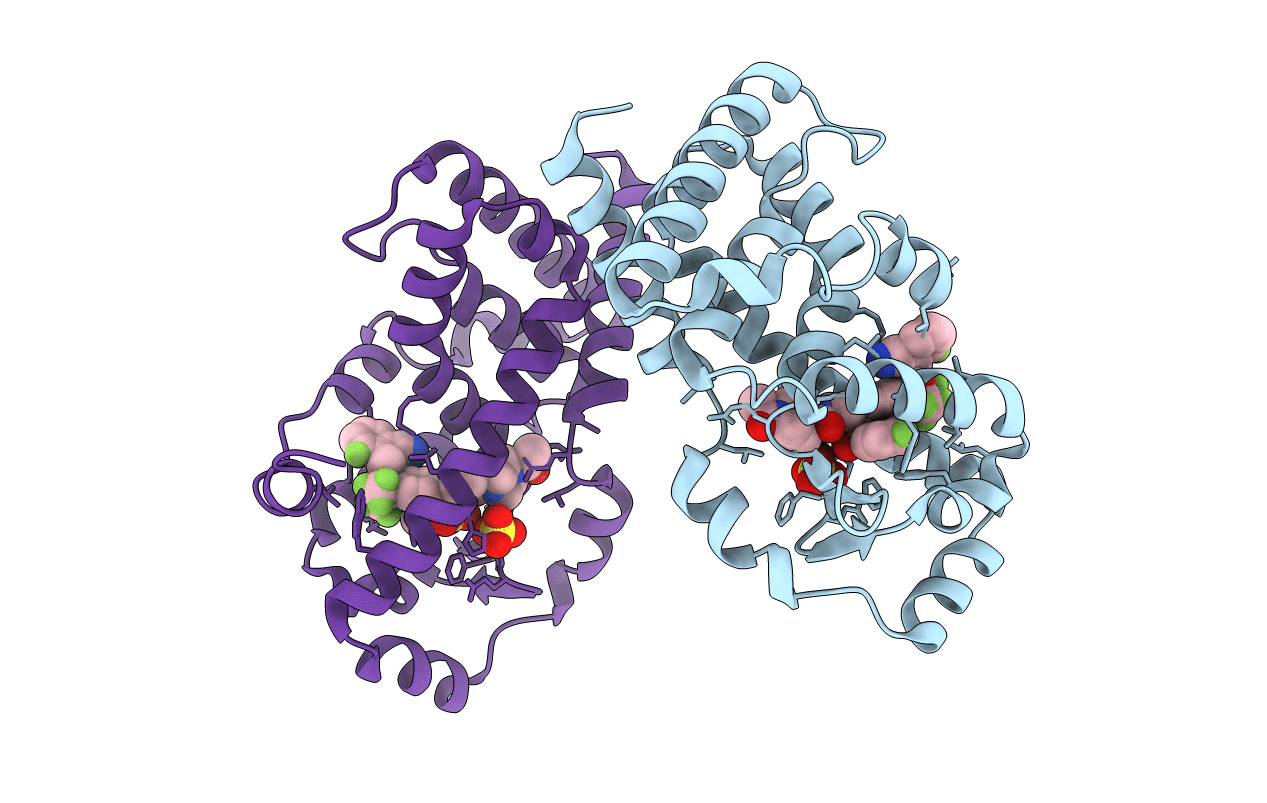
Deposition Date
2020-07-20
Release Date
2020-08-12
Last Version Date
2023-10-18
Entry Detail
PDB ID:
7JH2
Keywords:
Title:
CRYSTAL STRUCTURE OF RAR-RELATED ORPHAN RECEPTOR C IN COMPLEX WITH A POTENT, SELECTIVE AND ORALLY BIOAVAILABLE ROR-GAMMA-T INVERSE AGONIST
Biological Source:
Source Organism:
Homo sapiens (Taxon ID: 9606)
Host Organism:
Method Details:
Experimental Method:
Resolution:
2.37 Å
R-Value Free:
0.22
R-Value Work:
0.19
R-Value Observed:
0.19
Space Group:
P 61


